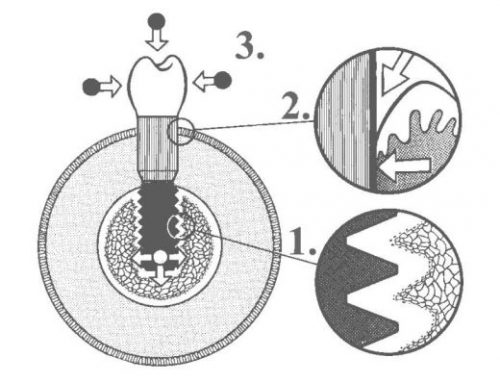By Dr. Darko Stamenkovski
Digital Smile Design (DSD) is a concept of treatment planning which uses visual communication for achieving exceptional aesthetic result. It allows the preview of the new smile, analyses and possible corrections before the actual treatment.
DSD enhances aesthetic analyses and interdisciplinary visual communication between dentist, lab technicians and patient. The smile analysis/design process begins at macro level, examining the patient’s face first, progressing to the evaluation of individual teeth, and finally moving to choosing the ideal treatment protocol and material selection considerations.
The calibration and superimposition of intra- and extra-oral photographs and the application of fundamental aesthetic and functional occlusal concepts allows the creation of a customized virtual restorative design and allows this information to be shared with laboratory technicians and patients for their feedback. The concept was developed to assist the dentist in three major aspects:
- planning and designing an aesthetic smile;
- communication between all participants involved in the clinical case;
- communication with the patient, increasing his or her participation and motivating and educating him or her about the benefits of the treatment
Optimal placement of dental implant is the basic requirement for the success of implant treatment. In the present day of technology, guided implant surgery is only logical to use the best imaging technique for placing dental implants to perfection. Rather than following the traditional surgical procedure which puts us at disadvantage of not knowing the exact location and position of the planned implant, guided surgery makes our chances of successful implant placement much brighter by making the adjacent anatomic structures much easier to negotiate.
The concept of computer-guided implant surgery was developed to overcome the limitations associated with conventional surgical templates and to improve the accuracy of surgical implant placement with a flapless approach. More importantly, the computer- generated surgical guide provides a link between the DSD driven treatments the actual surgery by transferring the simulated intervention accurately to the surgical site.
When you plan a case with DSD, when you do quality control with DSD, you always have and work with all the references from the ideal wax up, and this will allow you to be more conservative with your patients
The communication of the clinical information to all of the participants may also improve the treatment outcome and optimize the time taken to perform the treatment. The combination of DSD with guided implant surgery technology may offer an aesthetic and functional prosthetic approach to the design of radiographic templates, providing a guide throughout treatment.
Digital Smile Design has completely moved the borders of modern dentistry, and has become its base structural part.





